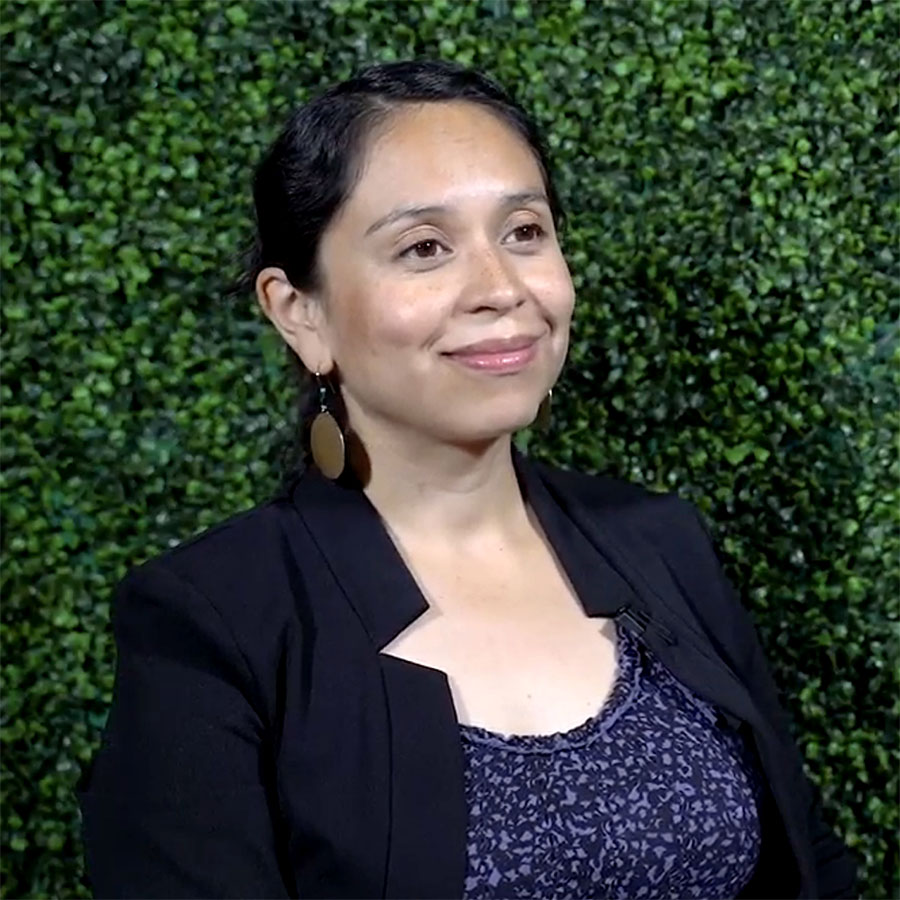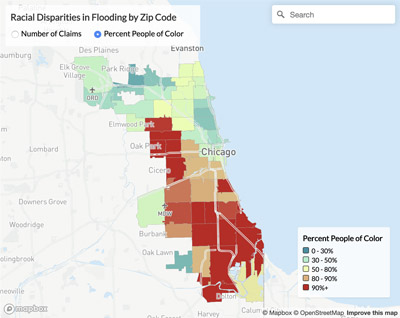
Buffalo, NY: A Rust Belt City’s new approach to tackling lead in drinking water
Buffalo’s aging infrastructure poses a lead problem. But a one-stop-shop model could unite previously siloed agencies toward a solution. Like many old industrial cities in the Great Lakes region, Buffalo, New York—located on the shores of Lake Erie—has a lead poisoning problem. Children in Erie County, many living within the City of Buffalo’s limits, test positive for lead poisoning at rates much higher than New York State average. Given Buffalo’s old housing stock—the city has... Read the rest of this entry »
We Met, We Shared, and Together We Innovate!
On Tuesday, December 4, CNT opened our offices to partners and friends both old and new. We rearranged our space to display our current work – see diagram below – and spent three nonstop hours describing it. Around 150 people came through (we weren’t keeping close count), talked to our staff and board about our priorities and projects, and connected with other friends. Most commonly overhead conversation snippets at the open house: I really like that AllTransit tool. (Thanks,... Read the rest of this entry »
Powerful New Opportunity Zone Scoring Uses CNT’s True Affordability Tool
This just in—a new tool addressing the promise and challenges in using Opportunity Zones (OZs) to drive development in underserved urban areas. The National Opportunity Zones Ranking Report was produced by LOCUS in conjunction with Smart Growth America and SPARCC – a national network rooted in Atlanta, the SF-Oakland Bay Area, Chicago, Denver, Los Angeles, and Memphis to accelerate equitable development without displacement, climate resilience and public health achievement.... Read the rest of this entry »
Welcoming CNT’s Managing Director for Urban Resilience
I’m thrilled to announced that CNT has hired a new Managing Director for Urban Resilience. First, about the position: This is a new title that reflects our future direction as an organization. The Managing Director will oversee CNT’s water program – including RainReady, the Great Lakes Water Infrastructure project, and related efforts – and will tie our water work closely to other urban systems. To effectively address environmental justice and the threats caused by climate change, we need to... Read the rest of this entry »
Preserving Affordability of Water Services in Great Lakes Cities
In 1960, Gary, IN was a town of 178,000 residents with a strong economy and a water and sewer system to match. Today, Gary’s 78,000 residents are struggling with aging, oversized systems while facing a 36% poverty rate and a median income of $29,000. Gary’s Sanitary District has worked to keep bills down to preserve the affordability of wastewater services, but this has meant delaying necessary investments and reactively managing infrastructure failures that compromise water quality, cause... Read the rest of this entry »
Red Line Extension would bring major economic benefits to Far South Side
By Julia Gerasimenko, Active Transportation Alliance People who scoff at the significant cost of the Red Line Extension ($2+ billion) shouldn’t overlook the significant social and economic benefits it would deliver to several of the most isolated and disinvested communities in the city. New analysis using the Center for Neighborhood Technology’s AllTransitTM tool puts numbers behind these benefits. Funded by TransitCenter, the tool allows users to enter an address and discover the... Read the rest of this entry »
CNT Young Innovators Host 4th Annual Summer Fundraiser
By Rosie Powers, CNT Young Innovators Attendees of this year’s CNT Young Innovators’ Summer Fundraiser were greeted by a day full of sunshine, locally-sourced fare, and an engaging discussion about sustainable food systems. This year’s event was held at Homestead on the Roof in Chicago’s West Town neighborhood. The restaurant’s rooftop garden was a perfect setting for a discussion about sustainable food systems in the Chicago region. CNT’s new CEO Bob Dean introduced the event,... Read the rest of this entry »
CNT and King County Metro Announce the Release of rightsizeparking.org v2.0
The Center for Neighborhood Technology (CNT) and King County Metro have released an update to rightsizeparking.org. This update uses new data collected over the past year at 75 multifamily properties around King County, making the parking use model more robust, supported by a count of actual parking use in the middle of the night. Now, along with all the features of the previous version, a user can vary the proposed multifamily housing development’s parking supply and see how that affects the... Read the rest of this entry »
An Innovative Summer Event with the Young Innovators
As an innovation-focused organization, the Center for Neighborhood Technology needs to constantly generate and explore new ideas and relationships. I was happy to discover early in my time here (I’m now three weeks in) that CNT hosts an excellent network of young professionals who help accomplish this mission. CNT’s Young Innovators group is a community of young professionals working to actively engage with new ideas about urban sustainability and resilience. The Young Innovators host events... Read the rest of this entry »
Planning for Scaling Up RainReady With IBM's Corporate Service Corps + Earthwatch Institute
As the new CEO of the Center for Neighborhood Technology, a top priority is finding new partnerships. But I didn’t expect that one would emerge in my first week on the job. Through an opportunity made available through the Earthwatch Institute and IBM, CNT is part of a cohort of four nonprofits – also including the Alliance for the Great Lakes, Openlands, and Teach for America – that received pro bono assistance from IBM’s Corporate Service Corps. Over the past month, IBM’s management... Read the rest of this entry »





 Strengthening Transit Through Community Partnerships
Strengthening Transit Through Community Partnerships








